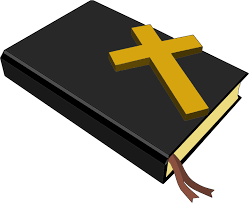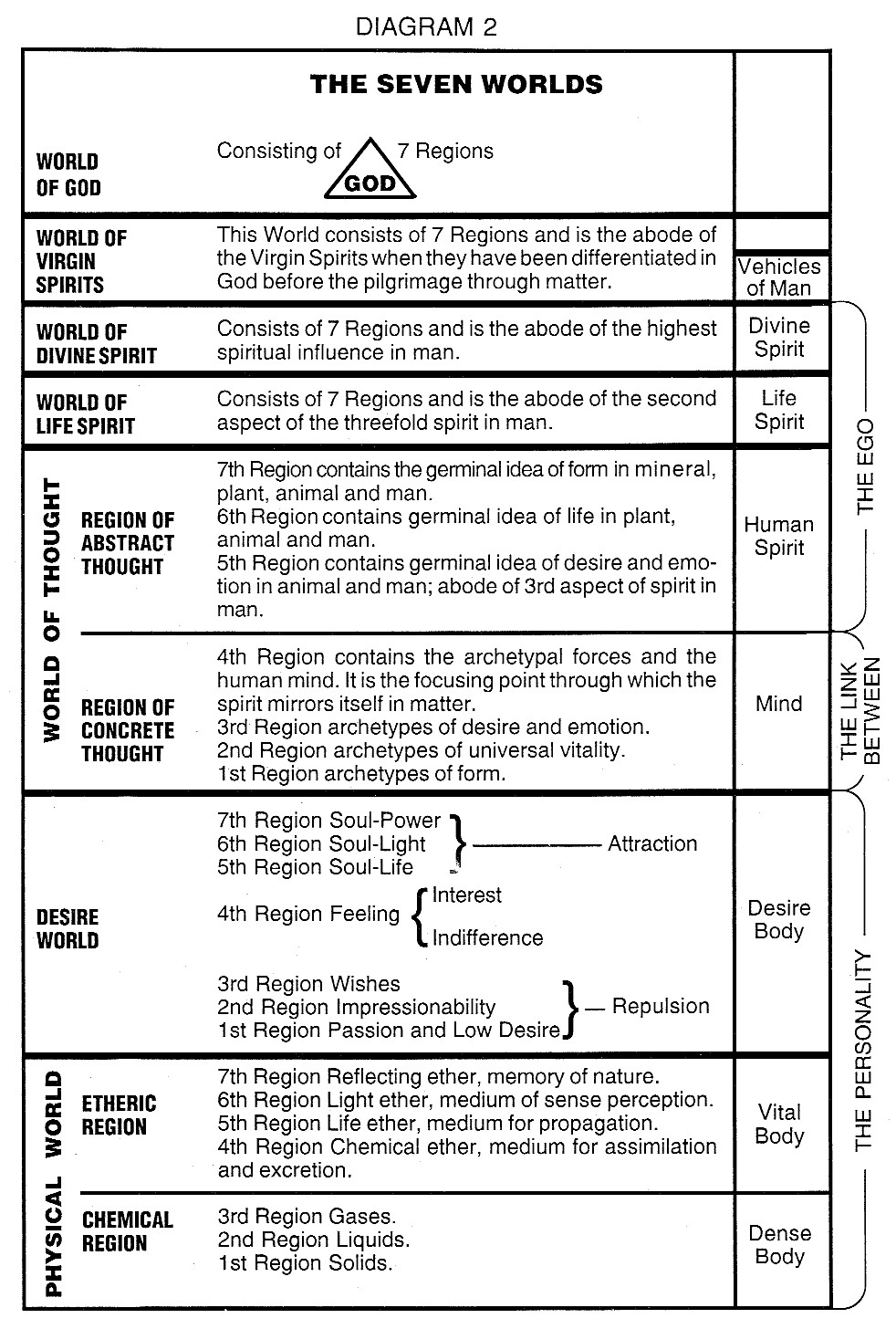
| rosicrucianU.com | ||
| Simplified Scientific Christianity |

The thirteenth chapter of II Samuel contains a parable of the lower nature and its conquest by the higher or angelic self. Tamar means a palm tree, and signifies great or august. Palms were planted around the Temple, for, as in Chaldea, these trees were called the Trees of Wisdom, and represent the eternal life principle in man. They are the earthly representatives of the symbolic Tree of Life; an honor also shared by the cedar, pine and fir trees, which, like the palm, are evergreen. To the Chaldeans, the Sacred Tree represented the visible universe of stars, under whose radiant clusters man lives out his life both here and hereafter, and in the Hebrew Scriptures we likewise find many references to sacred trees where it is plain that the esoteric meaning is identical with that taught by the Chaldean priests.
Absalom and Amnon signify the higher and lower natures of man respectively. Both of them love Tamar, the soul. Absalom's love is virginal, Amnon's is lustful:
The divers colors of Tamar's garment represent the varicolored aura of the developed soul. There is always the sound of sorrow and lamentation heard in the soul world when the spiritual beauty of the soul is violated by the intrusion of material ambitions. It is a psychological law that what we have injured we tend to hate, because the sight of the injury is a reproach to the conscience; and when Amnon had violated Tamar, he hated her, seeing in her the image of his own wrong.
In the spiritual life also we find a parallel condition: there is hidden below the threshold of consciousness a secret dread of the unseen world, because we know instinctively that something terrible resides there, and we fear it as we fear death. The ego which has been prepared through sorrow for illumination may, through sheer despair, find the courage to face this psychic darkness; but the unprepared soul is overwhelmed, his consciousness is invaded by fear, and this may become so intense as to affect the health.
The cure lies in "slaying" the lower self; and therefore in the Bible story Amnon is slain by the servants of Absalom. These servants are the spiritual and psychic forces of the inner planes which the enlightened one learns to command. They come from every rank of the divine celestial Hierarchies, as well as from the ranks of the elemental entities whose status is that of the beginners on the path of evolution, lower in development even than the very minerals which compose the material world about us.
Many neophytes fail in overcoming the menace of psychic fear by not realizing that it is not they, personally, but their "servants" who must carry out the death sentence on the lower nature. This is presented symbolically in the ceremony of the Footwashing in the life of Christ Jesus, where the Supreme Master stoops to the lowliest service of his disciples, and afterward Judas, self-convicted, destroys himself. Evil is always self-destructive, and when the lower self looks into the mirror of the soul it dies. But this result is attainable only by the aid of the celestial servants" who constantly minister to the illumined ego.
From the standpoint of David as an individual, the story of Tamar refers not to different personalities associated with him, but to the final redemption of David himself. The same work is further expanded in the legend of Absalom and David's sorrow for him.
"Only the Father in Heaven is perfect," declared the Christ; and even those who have climbed far up the hills of attainment ofttimes falter and stumble.
The name Absalom means peace, and the story of his life is the story of the quest of every ego for the Eternal Fulfillment. "In all Israel there was none to be so much praised as Absalom for his beauty: from the sole of his foot even to the crown of his head there was no blemish in him," we read. But Absalom was ambitious, and raised up a rebellion against his father David, and was so far successful that David was forced to flee from Jerusalem. Then "David went up by the ascent of Mount Olivet, and wept as he went up, and had his head covered, and he went barefoot: and all the people that was with him covered every man his head, and they went up, weeping as they went up."
The ritual of Initiation in ancient Temples always contained a degree paralleling Gethsemane. The aspirant of our present Fifth Root Race, for whom the Bible was given, also passes through a Garden of Sorrow on his way toward illumination while still under the dominance of the material mind. He usually finds this place through the impelling urge of ambition with its attendant disillusionment and sorrow, as did David.
Joab, who is captain of the hosts of David, represents the personality. He kills Abner (light) as does every ego many times on its long pilgrimage through matter. Absalom meanwhile dwelt for two years in Jerusalem without setting eyes on his father's face, and at last he sent for Joab intending to have him go before the king; but twice Joab refused, and seeing that his command was held in contempt, Absalom commanded his servants to set Joab's barley field on fire. This produced the desired results, and joab appeared before Absalom demanding an explanation.
"Wherefore," he asked, "have thy servants set my field on fire?" Absalom said, "Behold, I sent unto thee, saying, Come hither that I may send thee to the king ... now therefore let me see the king's face: and if there be any iniquity in me, let him kill me."
But the reconciliation between Absalom and David was only the prelude to an outright rebellion.
Esoterically, the barley fields, product of life idealism, are ofttimes set on fire by worldly ambition. Later Joab slays Absalom while Absalom is caught in the branches of an oak which overhung the path upon which he rode on his mule. He was still living when Joab found him, but contrary to David's command that Absalom should not be hurt, Joab thrust three darts into his heart, and ten of his followers together attacked and slew the youth, after which they cast him into a great pit in the wood and heaped stones over the grave.
The death of Absalom meant the failure of his rebellion. When the news of it reached David, he "went up to the chamber over the gate, and wept: and as he went, thus he said, O my son Absalom, my son, my son Absalom! would God I had died for thee, O Absalom, my son, my son!'
In this story, the ten warriors who slew Absalom refer to materiality, ten being the number of man and woman on the physical plane where the right use of the power of ambition has yet to be learned. Absalom's misfortune in being caught in the overhanging boughs of the oak refer to the action of the law of causation, by which all human activity is patterned.
Absalom thus typifies David's uttermost renunciation of the world. It need not be true, but in most instances it is true, that we renounce the world only when our joy has turned to sorrow; and so it is with David. But the time will come when the Will of God will be done on Earth as in Heaven, and the great renunciation then will be the rising out of the lesser joys of Earth into the greater joys of the Eternal; and this is by far the more difficult renunciation to make, for we are willing enough to renounce a source of suffering, but we cling fast to the source of pleasure.
Such a change in consciousness frequently calls forth criticism, misunderstandings and divisions with those who have long been near and dear. This becomes a part of every neophyte's Rite of Renunciation and points the way to the supreme reliance upon the Divine within.
David's Song of Deliverance could never have been penned before the death of Absalom.
— Corinne Heline

|

|

|
|
|
Contemporary Mystic Christianity |
|
|
This web page has been edited and/or excerpted from reference material, has been modified from its original version, and is in conformance with the web host's Members Terms & Conditions. This website is offered to the public by students of The Rosicrucian Teachings, and has no official affiliation with any organization. | Mobile Version | |
|